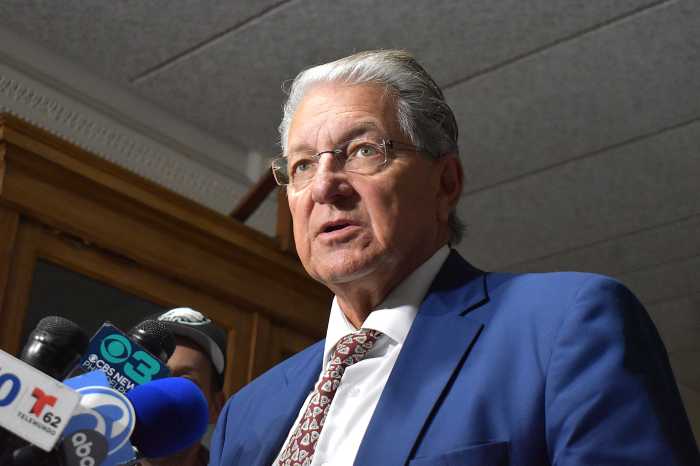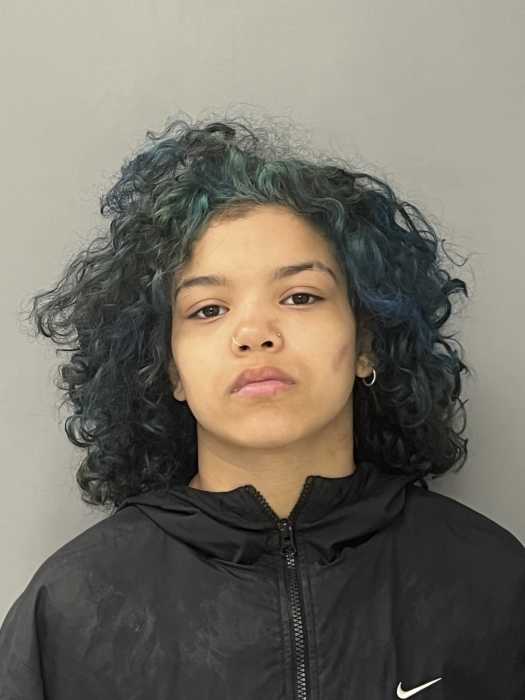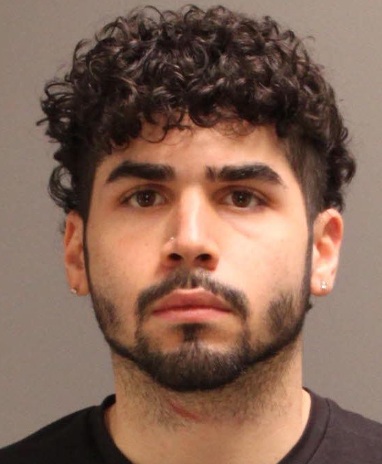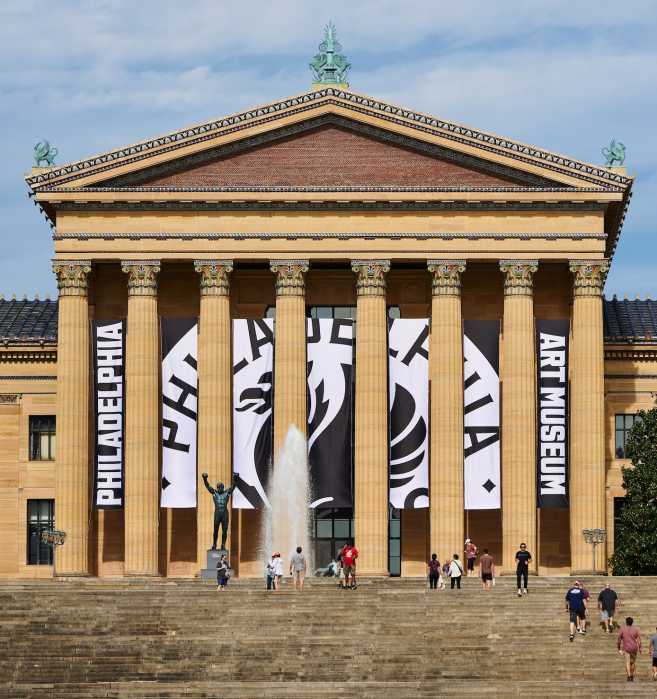A coalition of community organizations, neighborhood associations, nonprofits and political groups is calling on Philadelphia’s leaders to end so-called ‘prison gerrymandering’ and engage in robust public dialogue during the drawing of new City Council maps.
Advocates are pushing for inmates at the city’s prison complex in Northeast Philadelphia to be counted as being from where they lived before getting arrested.
Reallocating the jail population is a “major racial equity issue,” said Brittany Smalls, of One Pennsylvania, one of the organizations that has signed onto the effort, which is being led by the non-partisan, good-government Committee of Seventy.
“We know that those are predominantly people of color,” Smalls said. “And we know that right now, in the Sixth (Council) District, where the State Road (prison) facility is, is a predominantly white community. That is further taking away resources from our community.”
The Legislative Reapportionment Commission, which draws boundaries for state legislative districts, recently decided to count prison inmates at their last known address, except for those serving lengthy sentences.
Prison gerrymandering, activists have said, privileges white, rural areas of Pennsylvania — the location of many of the correctional facilities — ahead of more diverse cities and towns where many inmates previously lived.
Committee of Seventy submitted a redistricting roadmap that included the suggested jail reform to City Council on Monday, representatives said.
“Council is aware of the inmate count issue, and it’s a factor to be considered like many other factors,” said Joe Grace, communications director for City Council President Darrell Clarke.
The U.S. Census Bureau released detailed population data in August, triggering the beginning of a six-month window for Council to reconfigure districts and have a new map approved by Mayor Jim Kenney.
Much of the discussion around the once-in-a-decade redistricting process has centered on Congressional and state maps.
“One of the senses out there is that… this year will not be particularly fraught or complicated or high stakes,” Committee of Seventy’s policy director Pat Christmas said of the City Council process. “And one of the main messages that we really need to convey here is that the stakes are high. The stakes are always high when we redraw political boundaries.”

The new map, which must be finalized by mid-February, will be used in the 2023, 2027 and 2031 municipal elections.
After the 2000 census, Philadelphia had “among the most gerrymandered districts in the country,” Christmas said. Council streamlined the map during the 2011 redistricting process, eliminating the most egregious boundaries.
Ideally, each of the 10 districts would have around 160,000 residents, according to a Committee of Seventy analysis. Generally, the gap between the least-populated and most-populated districts cannot exceed 10%.
Looking at the current map, the 1st and 5th council districts would have too many people, and the 4th and 8th districts would be too small, the analysis found.
Proponents of redistricting reform often talk about drawing maps based on “communities of interest,” or like-minded racial, geographical, ethnic or linguistic groups.
Will Gonzalez, head of Ceiba, a coalition of local Hispanic organizations, said Latino residents are clustered in the eastern part of North Philadelphia and along the 9th Street corridor in South Philadelphia.
“Hispanic communities are communities of interest, and as such they should be kept whole within districts,” Gonzalez said. “We share common interests and mostly live in compact footprints without geographic barriers.”
Christmas noted that Council’s current boundaries split up some neighborhoods, including Fishtown, Kensington and the Castor Avenue business corridor in Oxford Circle.
In recent years, pressure has been applied to legislators at all levels of government to make redistricting, once an opaque procedure, more transparent.
Residents, the coalition said, should have the opportunity to attend hearings, log into an online redistricting portal and submit their own district designs.
Moreover, lawmakers should publish their proposal before sending it to Kenney, allowing residents ample time to provide feedback, the Community of Seventy said.
Council has begun a preliminary review of the census data and leaders are “very focused on conducting a careful, methodical and public process around redistricting,” Grace told Metro.




























